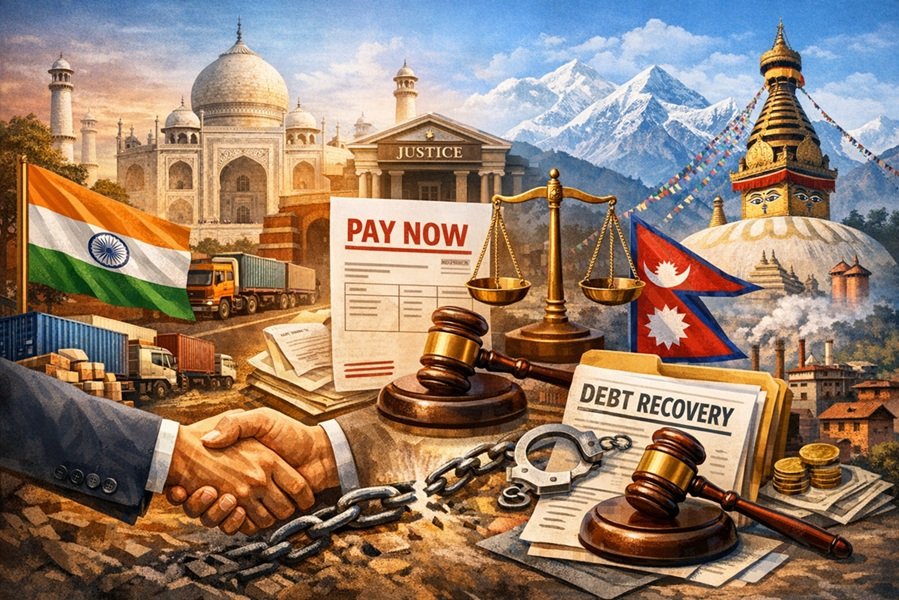
India’s military strength is not solely defined by the number of troops or the arsenal it maintains — it is also exemplified by its elite special forces units, trained to carry out high-risk, high-value missions behind enemy lines. Among them, Para (Special Forces), MARCOS (Marine Commandos), and Garud Commando Force stand as the vanguard of India’s asymmetric warfare capabilities.
This article provides a layered analysis of each of these elite units, their history, missions, training regimens, notable operations, foreign collaborations, and modernization efforts.
1. Para (Special Forces): Indian Army’s Silent Warriors
● Overview
The Para (SF) is the Indian Army’s primary special operations unit. Originally part of the Parachute Regiment, it evolved into a high-profile special operations force responsible for deep reconnaissance, sabotage, hostage rescue, counter-terrorism, and direct action operations.
● Motto:
“Shatrujeet” (The Conqueror of Enemies)
● Organizational Structure:
- Comprised of multiple battalions (e.g., 1 Para SF, 9 Para SF, 10 Para SF).
- Each unit specializes in a particular terrain: mountains, deserts, jungle warfare, or urban environments.
● Training Highlights:
- Selection rate: <10%
- Brutal probation of 90+ days (often called “hell week”)
- Training in skydiving, high-altitude warfare, CQB, HALO/HAHO jumps, and hostage rescue drills
- Specialized schools like CIJW (Counter Insurgency and Jungle Warfare School) and HAWS (High Altitude Warfare School)
● Notable Operations:
- Operation Mandhol (1971): Behind-enemy-lines sabotage in East Pakistan.
- Surgical Strikes (2016): Cross-border strike against terror launch pads in PoK.
- Multiple CI-CT Ops in Kashmir and the Northeast.
● Foreign Training Tie-ups:
- Israeli Sayeret Matkal
- US Navy SEALs
- UK SAS and Russian Spetsnaz
2. MARCOS (Marine Commandos): India’s Naval Ghosts
● Overview
The MARCOS (Marine Commandos) is the elite special operations unit of the Indian Navy. Also known as the “Dadhiwale Fauj” (Bearded Army), they specialize in amphibious warfare, underwater operations, counter-piracy, and maritime counter-terrorism.
● Motto:
“The Few, The Fearless”
● Operational Domains:
- Littoral zones, underwater demolitions, oil rigs, warships
- Strategic protection of India’s island territories like Lakshadweep and Andaman & Nicobar
● Training Highlights:
- Initial training at INS Abhimanyu and Diving School, Kochi
- One of the toughest special forces courses in the world: <15% pass rate
- HALO jumps, underwater diving, amphibious assault, demolition
- Ability to operate in all three environments: sea, air, and land
● Notable Operations:
- 26/11 Mumbai Attacks (2008): MARCOS were among the first responders.
- Counter-piracy missions in the Gulf of Aden
- Surveillance and security during Malabar naval exercises
● Foreign Collaborations:
- US Navy SEALs and British Royal Marines
- Regular participation in multinational maritime exercises like RIMPAC and MILAN
3. Garud Commando Force: Indian Air Force’s Precision Strike Arm
● Overview
Formed in 2004, the Garud Commando Force is tasked with securing Indian Air Force (IAF) assets, conducting combat search and rescue (CSAR), and supporting special operations in coordination with other forces.
● Motto:
“Defense by Offense”
● Roles and Responsibilities:
- Protection of airbases, radar stations, missile installations
- Hostage rescue and anti-sabotage ops during enemy airfield attacks
- Close support to IAF missions and behind-enemy-lines strikes
● Training Overview:
- Initial training of 72 weeks — the longest special forces training in India
- Conducted at Hindon and Chandinagar Air Force Stations
- Specialized in sniping, demolition, surveillance, UAV coordination, and CQB
- Cross-trained with Para SF and NSG
● Notable Operations:
- Operations in J&K alongside the Indian Army
- Part of Balakot airstrike security detail and airbase defense operations
4. Comparative Overview of Capabilities
| Feature | Para SF | MARCOS | Garud |
|---|---|---|---|
| Primary Domain | Land | Maritime | Airbase & CSAR |
| Training Duration | ~3 months probation + advanced | >9 months | 72 weeks |
| Deployment | LoC, Counter-insurgency | Coastal, Offshore, Submarines | Airbases, Airborne Ops |
| Foreign Training | Yes | Yes | Yes |
| Combat Specialties | Guerrilla, sabotage, deep ops | Amphibious, underwater, stealth | Base protection, CSAR, precision strike |
5. Modernization & Equipment
India’s special forces are undergoing rapid modernization in terms of weapons, communication systems, mobility, and night-fighting capability. Some common weapons and gear include:
- Weapons: IWI Tavor X95, FN SCAR, Sig Sauer rifles, Glock 17, MP5, P90
- Night Vision: Thermal and NVG devices, laser designators
- Drones: Mini surveillance drones and loitering munitions
- Protective Gear: Level IV bulletproof vests, advanced helmets, and tactical suits
Future Upgrades:
- Indigenous CQB weapons (JVPC)
- Combat drones and AI-based recon
- Integrated Battlefield Management Systems (IBMS)
6. Challenges & The Road Ahead
Despite being world-class units, India’s special forces face some challenges:
- Inter-agency coordination: Still evolving between Army, Navy, Air Force
- Bureaucratic delays in procurement
- Overdeployment in internal security missions hampers elite capabilities
India is now focusing on:
- Creating joint tri-service special operations command
- Streamlining equipment procurement under Make in India
- Enhancing inter-operability through combined exercises and joint doctrines
Explore:
- India’s Missile Arsenal Explained: Strategic Might of the Subcontinent
- India’s Air Defense System Explained: A Multi-Layered Shield Against Aerial Threats
Conclusion
India’s special forces — Para SF, MARCOS, and Garud — are a vital strategic asset that gives the nation rapid, flexible, and lethal options in conventional, unconventional, and hybrid warfare. With the increasing threat from terrorism, cyber sabotage, and grey-zone conflict, these warriors will continue to form the sharp edge of India’s national security doctrine.







